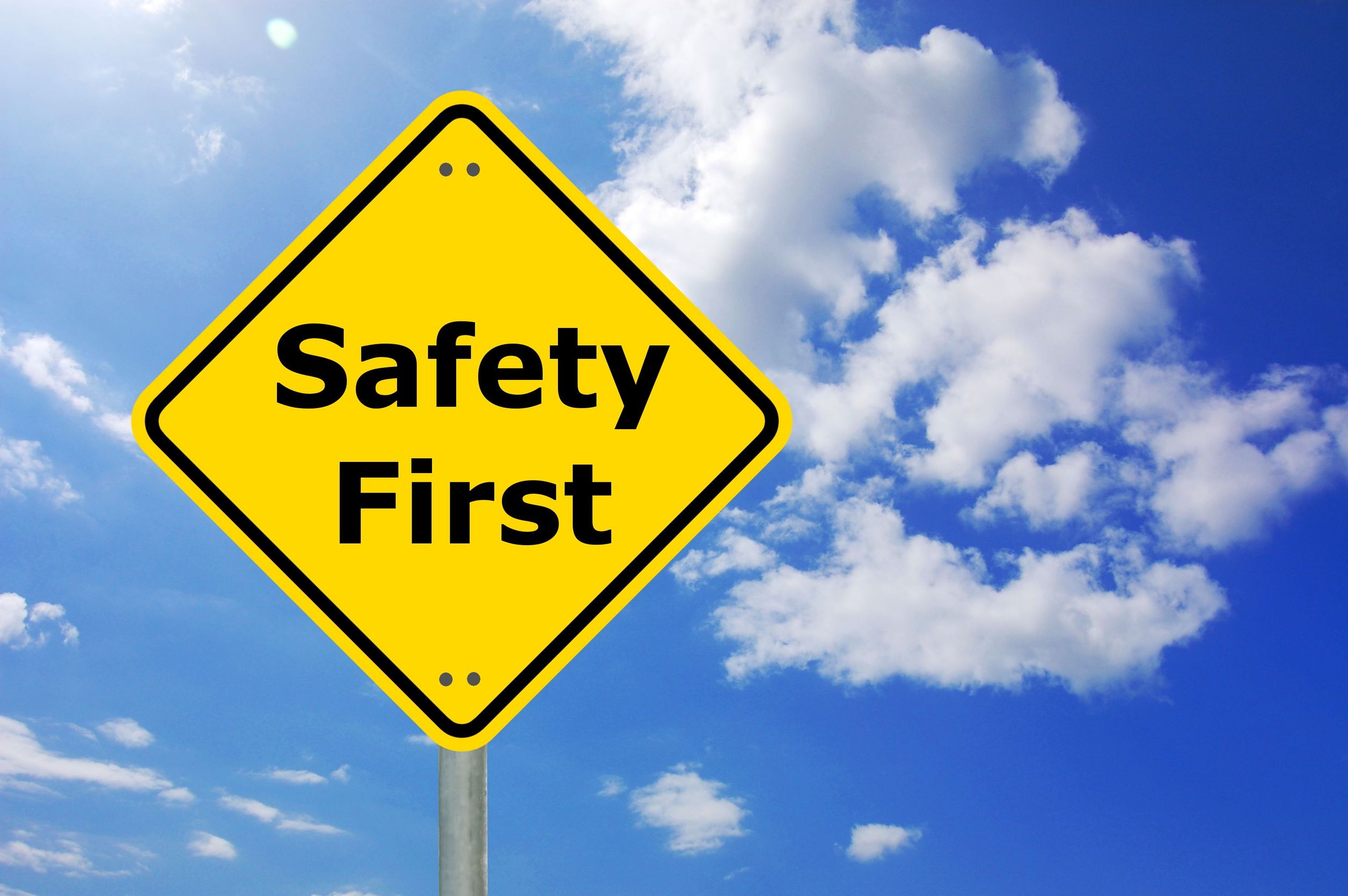10 Fire Ucsd Safety Tips To Save Lives

Fire safety is a critical aspect of ensuring the well-being of individuals, particularly in densely populated areas like university campuses. The University of California, San Diego (UCSD) is no exception, with thousands of students, faculty, and staff on campus every day. In the event of a fire, every second counts, and having the right knowledge and procedures in place can mean the difference between life and death. Here are 10 fire safety tips that can help save lives on the UCSD campus.
Understanding Fire Risks and Prevention

Before diving into the safety tips, it’s essential to understand the common causes of fires and how they can be prevented. Electrical issues, unattended cooking, and open flames are among the top causes of fires in residential and commercial settings. At UCSD, students and staff should be aware of these risks and take preventive measures to avoid them. For instance, ensuring that all electrical appliances are in good condition and never leaving cooking unattended can significantly reduce the risk of fires.
Fire Safety Tips for UCSD Students and Staff
The following tips are designed to help UCSD students and staff prepare for and respond to fire emergencies effectively. These tips include:
- Being aware of emergency exit routes and assembly points
- Knowing how to use fire extinguishers correctly
- Regularly checking smoke detector batteries
- Keeping emergency contact numbers handy
- Participating in fire drills and training sessions
- Reporting any fire hazards or concerns to the authorities
- Staying informed about fire safety protocols and procedures
- Understanding the difference between passive fire protection measures, such as fire-resistant materials, and active fire protection systems, like sprinklers and alarms
- Supporting fire safety initiatives and campaigns on campus
- Respecting and following all fire safety rules and regulations
| Fire Safety Measure | Implementation at UCSD |
|---|---|
| Fire Alarms and Detection Systems | Installed in all buildings and residential areas, with regular maintenance and testing |
| Fire Extinguishers | Available on each floor of every building, with clear signs indicating their location |
| Emergency Exit Signs | Clearly marked and illuminated, ensuring visibility even in low-light conditions |
| Fire Drills and Training | Conducted regularly for students and staff, focusing on evacuation procedures and fire extinguisher use |

Responding to Fire Emergencies

In the event of a fire, staying calm and following established protocols is key to a safe evacuation. This includes alerting others in the vicinity, activating the fire alarm if it hasn’t already gone off, and proceeding to the nearest exit. It’s also important to not use elevators during a fire emergency, as they can malfunction or stop between floors, trapping occupants. Instead, using stairwells is the recommended evacuation route.
Post-Emergency Procedures
After evacuating the premises, it’s essential to assemble at the designated meeting point. This allows emergency responders to account for everyone’s safety and provide further instructions. Individuals should also be prepared to cooperate with firefighters and other emergency personnel, providing any necessary information about the fire’s origin or spread.
What should I do if I discover a fire on campus?
+If you discover a fire, remain calm and alert others in the area. Activate the fire alarm if it hasn’t already been activated, and proceed to evacuate the building using the nearest exit. Do not use elevators, and assemble at the designated meeting point outside.
How often are fire drills conducted at UCSD?
+Fire drills are conducted regularly at UCSD, with the frequency varying depending on the building and its occupancy. These drills are an essential part of ensuring that everyone on campus knows what to do in case of a fire and can evacuate safely and efficiently.
What is the role of fire safety education in preventing fires?
+Fire safety education plays a critical role in preventing fires by raising awareness about potential hazards, teaching preventive measures, and instructing individuals on how to respond in emergency situations. Through education and training, UCSD aims to empower its community with the knowledge and skills necessary to maintain a safe and fire-aware environment.



